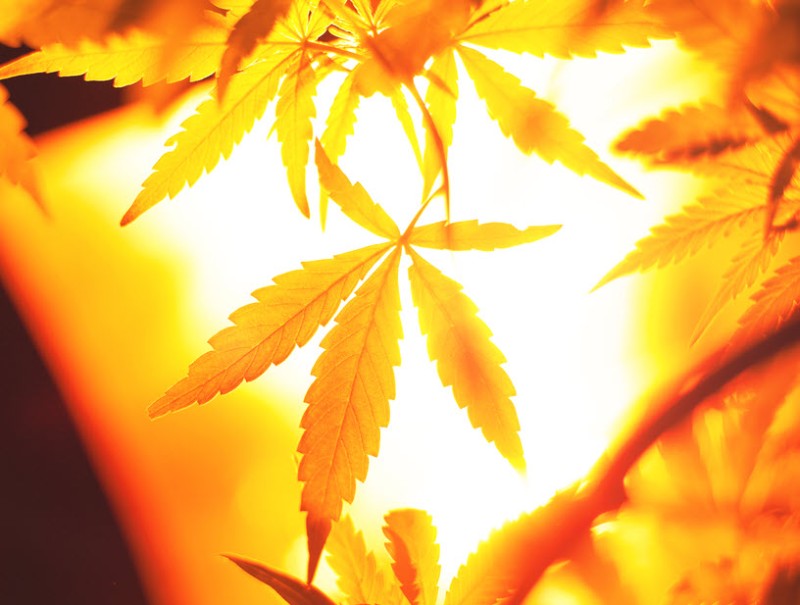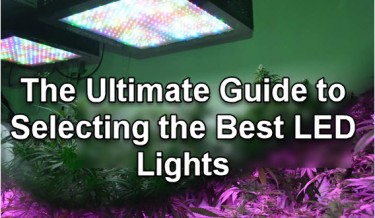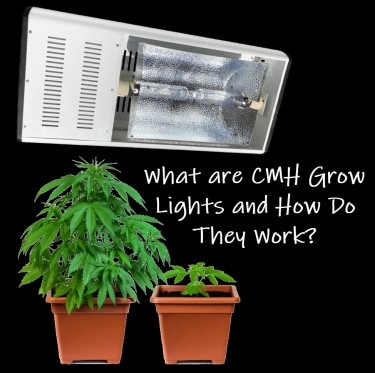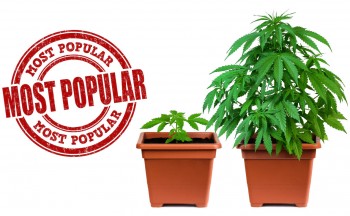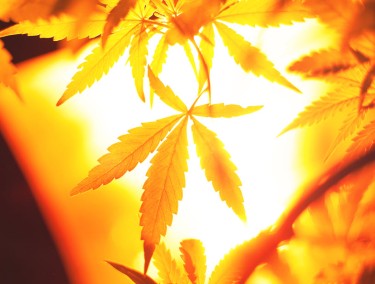
All plants, including cannabis plants, need light to thrive. In an outdoor operation, the plants with the best access to sunlight typically grow the best. This is similar to indoor operations, although they have little access to sunlight. Grow lights are an artificial medium for providing cannabis plants with robust and nutritive light to induce a perfect vegetative and flowering phase.
LED Grow Lights
Light-emitting diodes (LEDs) are the new kids on the cannabis block. This technology is fast gaining popularity among indoor growers around the world. When it was first developed, the producers assured the growers that it would achieve increased growth, increased yield, and an overall increase in potency in the crops. Its low cost appealed to growers, but they were soon disappointed as the early products failed to deliver on the promises. Instead, they gained popularity as a less expensive alternative to other grow lights with subpar results.
Having gone back to the drawing board, the producers of LEDs have released newer and better products. These new LEDs can stand close to HPS in terms of cannabis productivity. Premium LEDs have been tested and proven to produce impressive cannabis plants with increased yields and potency. The same can't be said for regular LEDs.
HPS Grow Lights
For decades, high-pressure sodium lights have set the cannabis industry's standards. These grow lights come in different sizes, shapes, and wattages. They are very versatile and affordable.
The HPS light is modeled after the high-intensity discharge lighting system, which makes it relatively cheaper than other forms of grow lights. They are renowned for having the ideal correlated color temperature (CCT) for cultivating cannabis and hemp plants.
These lights are similar to the metal halide (MH) grow lights, but the MH lights are better suited for the vegetative phase, while HPS is for the flowering phase. Experts claim this is so because the light spectrum of the HPS medium supports flowering better than vegetative growth. They also stressed that great results can still be gotten with the exclusive use of high-pressure sodium light.
LED vs. HPS
LED is a relatively new innovation, whereas HPS has been around for decades. In fact, most of the newer lighting mediums have built on the existing blueprint provided by HPS. However, the controversial debate about which grow light is better is unavoidable. Growers on each side always state that theirs is the better option because it boosts the production of cannabis buds more than the other. This makes the entire discussion confusing. Which is another reason why both grow lights need to be compared.
The debate between LED and HPS revolves mainly around cost, ease of use, safety, energy consumption, and yield. The size of your indoor facility, budget, preferences, and, most importantly, your objectives as a grower determine which of the two you'd settle for.
Cost
Grow lights run on electricity. The cost of running light for the entire growth cycle can escalate quickly. Grow lights are the highest electricity consumers compared to the other equipment running on electricity, like the fans timers and water pumps. Whichever lighting system you decide on, it must be cost-effective and affordable.
In terms of running and maintenance costs, the LEDs outperform the HPS. These light-emitting diodes work with less energy to produce the same light level. With LEDs, you can save on ventilation and maintenance costs, as this equipment is much cooler and has longer lifespans. The main issue is that the upfront cost of LED equipment is higher than its HPS counterpart. But, you must consider the energy costs that would be saved over time.
In the search for a cheap grow light, you must understand that HPS is the only standardized equipment and not all LEDs are of premium quality.
Ease of Use
LED and HPS lighting systems are relatively easy to use. The instructions are straightforward.
Premium LED products are full-spectrum and function like the sun to provide plants with the required wavebands for all stages of production. Some LED products have switched to regulating the color temperatures. Setting up an LED grow light system is easy because they do not require ballasts. In contrast, the HPS is trickier to set up. They have to be connected to ballasts and timers to function perfectly. The ballasts are to ensure the bulbs receive the right level of current, while the timers help to automate the entire lighting system.
Yield
This is perhaps the most important heading in this debate. There are dozens of misconceptions about this topic.
The first LEDs that were introduced to the market fell short of expectations. The subpar yields lacked aroma, potency, and flavor and even weighed less than regular cannabis. As mentioned earlier, this has been worked on and improved to achieve a reasonable yield rate.
A premium LED system can now produce a similar yield quality as a HPS system. A few can even produce better yields than their HPS counterparts, provided all other conditions are regulated. Recent information shows that 1000W of HPS light, or 0.5 per lamp watt, can produce over 450g of buds, while 1 lamp watt of LED light yields 1.16g of buds.
Safety
Both LED and HPS have safety risks. Indoor cannabis cultivation is not a particularly dangerous affair, but it's best to practice safety precautions for each piece of equipment used.
For HPS lights, the primary safety concern rests on the high amount of heat produced. Growers can be burned if they come into direct contact with the lights. While the plants suffer from heat damage, A ballast is an important safety measure in an HPS system as it ensures the lights are not overfed with electricity. The complex nature of setting this system up in a grow room leaves a chance for human error, resulting in avoidable accidents.
On the other hand, the unstandardized nature of LED systems leaves room for safety issues resulting from power cuts, malfunctioning parts, etc.
Bottom Line
For example, LED and HPS grow lights have their selling points and downsides, which makes them suitable for various types of growers. You can use the above information to make a well-informed decision between the two.
PICKING THE RIGHT LIGHTS, READ MORE...
THE GUIDE TO LED GROW LIGHTS FOR YOUR CANNABIS GROW

